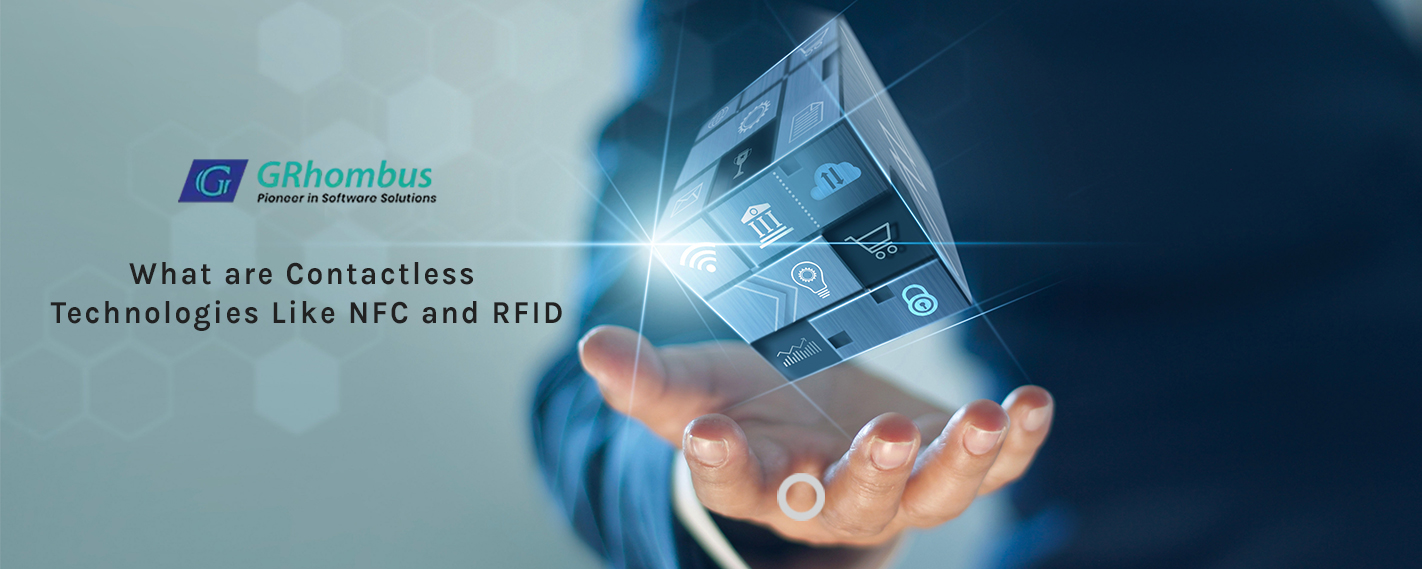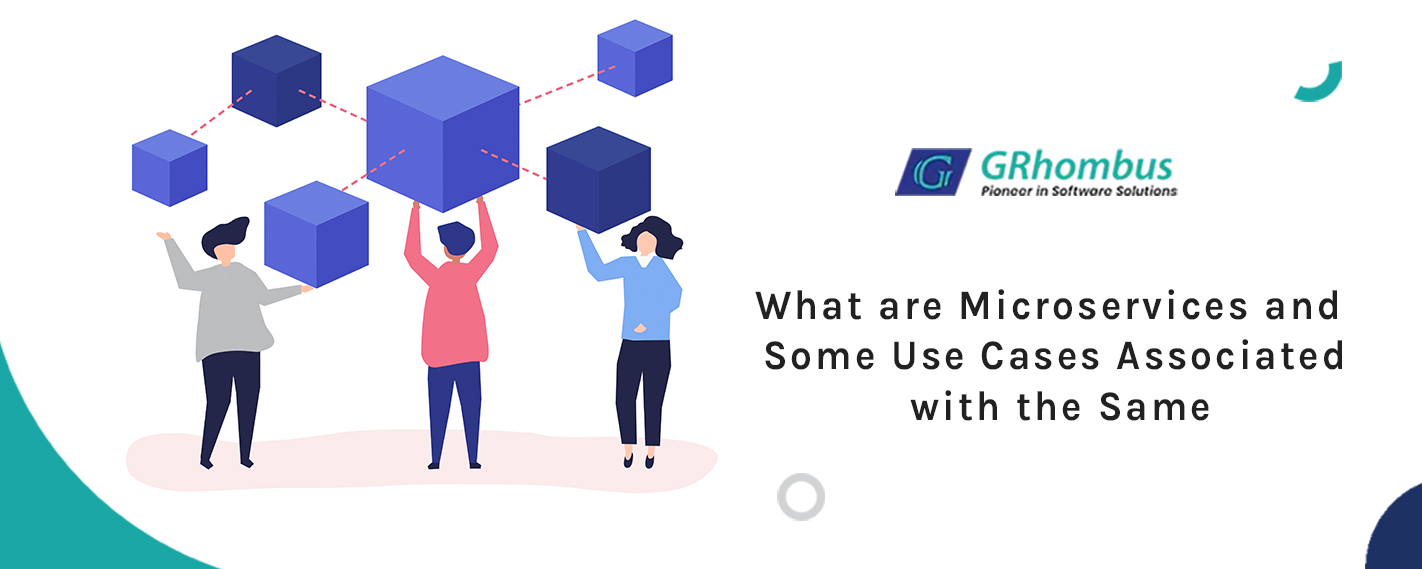The term contactless technology refers to a group of special technologies that allow for communication or transactions without the need for physical contact between two objects or devices. Some of the examples of contactless technologies are:
- Near Field Communication (NFC)
- Radio Frequency Identification (RFID)
- Bluetooth Low Energy (BLE).
Near Field Communication (NFC) is a short-range wireless communication technology that enables data exchange between two devices in close proximity. It is commonly used for data transfer between devices and for contactless payment. Any data transfer can be encrypted, thereby adding a higher layer of security.
The key advantages of NFC are:
- It is a very simple technology to use and requires minimal setup time.
- Data transfer can be encrypted.
- It is supported by a wide range of devices and thus, there is higher versatility.
- Data transfer speeds are quite good.
- The power consumption is minimal or negligible.
RFID, or radio frequency identification, is a contactless technology that allows data to be transmitted wirelessly between a tag or label and a reader. This technology uses electromagnetic fields to automatically identify, and track tags attached to objects.
An RFID system typically consists of a tag or label, which contains a unique identifier and an antenna, and a reader, which emits a radio frequency signal that is picked up by the tag’s antenna. The tag then responds with its unique identifier, which is read by the reader and transmitted to a computer system.
The key advantages of RFID are:
- RFID tags are durable unlike barcodes and can withstand harsh conditions.
- They are an excellent choice for inventory tracking, especially when large volumes are involved.
- RFID tags can store more information.
- High levels of automation can be achieved using RFID and this reduces chances of human error.
Some of the common applications of contactless technologies are:
1. Access Control
Access control was one of the earliest adopters of contactless technologies. Such controls and control systems are commonly used in offices, hospitals, and other facilities to control access to specific areas or rooms. These systems usually involve an access card or fob that is waved over a reader to unlock a door.
2. Payment Systems
With QR codes revolutionizing payment systems, contactless payment systems have now become common place. It is also the same technology that finds applications in areas like making a payment by tapping a card, smartphone, or other device on a payment terminal.
3. Transportation
FastTag for toll payment is a classic example of application of contactless technology. Many public transportation systems like Metro Trains in major cities allow for contactless payment by allowing passengers to pay for their fare by tapping their card.
4. Healthcare
Contactless technologies are increasingly being used in the healthcare sector for applications such as patient identification, tracking medical supplies, and monitoring patient vital signs.
Overall, contactless technologies are powerful and versatile. They have revolutionized many industries like warehousing, payments and e-commerce and they continue to be adopted in new and innovative ways.
About GRhombus Technologies
GRhombus Technologies is among the leading EdTech companies in UK and cyber security companies in UK. Our insightful work and key implementation expertise have delivered powerful transformations to clients and created enduring value. We also offer test automation services in India and custom software development in UK. We are also well-versed in the Force.com development platform and can undertake key customisation and advanced automation functions based on the business needs. For more details, contact us.



